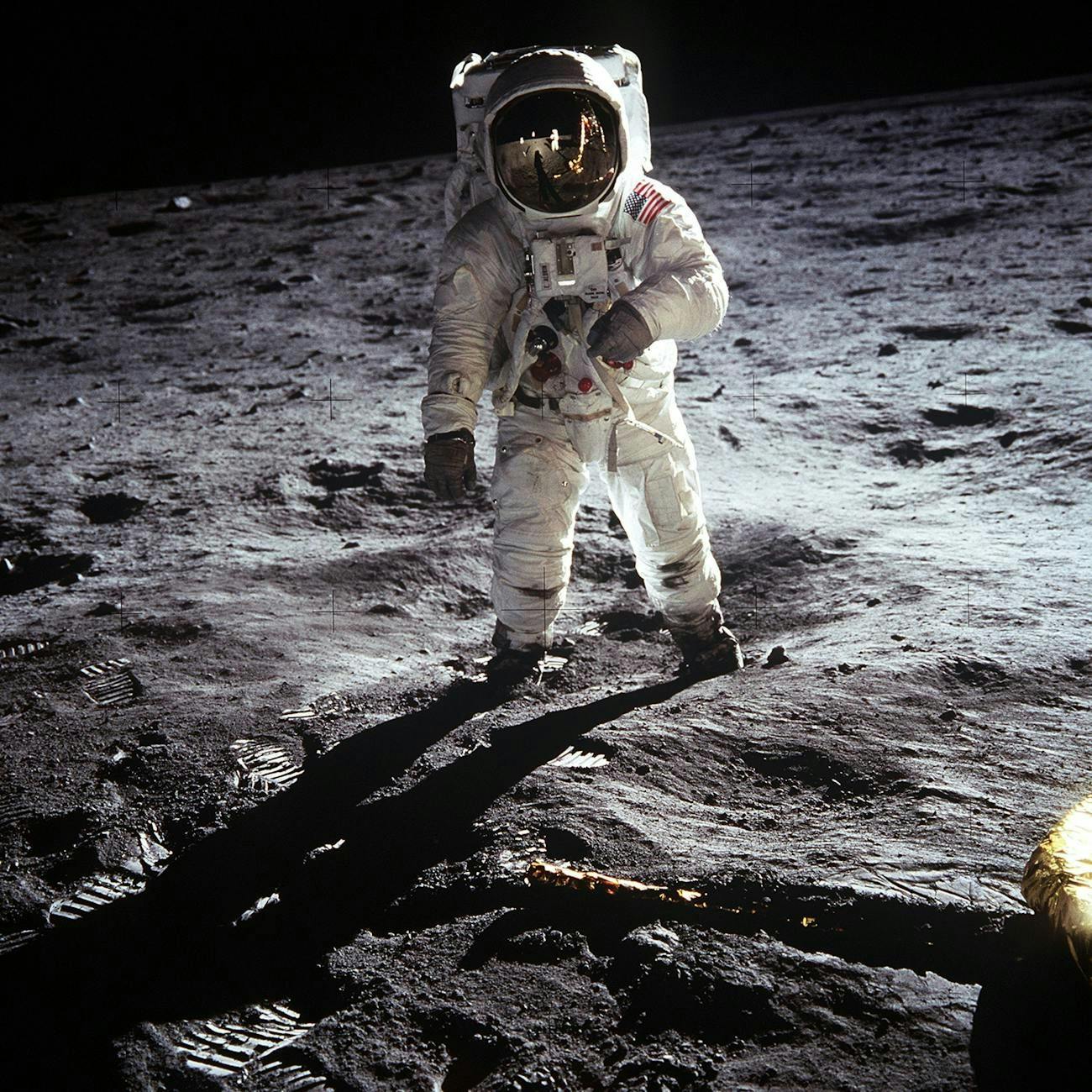A high-stakes competition between the United States and China is taking place as we speak – but not on Earth. As part of the quest for nuclear fusion – the “holy grail” of clean energy – both countries seek to reach the Moon, where vast quantities of helium-3 sit just under the extraterrestrial surface.
This substance, quite rare on Earth, is capable of cooling quantum computers to near-absolute zero. But that’s not the only reason countries want to mine it. Helium-3 is an element that nuclear fusion researchers believe is a potential fuel for the creation of unlimited energy that would power the rest of this century and beyond. Accordingly, the role of helium-3 is now considered a national security priority; countries have set legal barriers to transporting it. The U.S. has tightened export controls on fusion-related technologies, citing national security concerns, while China has accelerated its domestic supply chains to reduce reliance on foreign components.
And it is for this reason that the Trump Administration aims to send astronauts back to the Moon – to beat China before they accomplish their first manned landing by the end of this decade. If America reaches the lunar surface first – again – it could set a precedent for extraterrestrial law and establish lunar mining rights for the United States.
Nuclear fusion – the process our Sun uses to produce heat and light – is a source of energy that, if harnessed, could solve many of our pollution problems and provide energy for centuries to come.
Several companies, including Google and Chevron, are helping to finance and develop nuclear fusion technology.
According to the International Atomic Energy Agency, “Nuclear fusion is the process by which two light atomic nuclei combine to form a single heavier one while releasing massive amounts of energy… Ever since the theory of nuclear fusion was understood in the 1930s, scientists — and increasingly also engineers — have been on a quest to recreate and harness it. That is because if nuclear fusion can be replicated on earth at an industrial scale, it could provide virtually limitless clean, safe, and affordable energy to meet the world’s demand.
“Fusion could generate four times more energy per kilogram of fuel than fission (used in nuclear power plants) and nearly four million times more energy than burning oil or coal.”
In addition, energy produced by fusion is free from the radioactive waste associated with fission. Once used in full capacity on Earth, fusion will provide a clean, safe, and virtually inexhaustible energy source. It will be able to power millions of homes and businesses, replacing natural gas, diesel, and coal plants.
In space, fusion-powered spacecraft will drastically reduce travel times with the ability to achieve faster and more sustainable missions to Mars, the Moon, and beyond. Fusion will also support long-term space habitats and enable further resource extraction from other planets.
If scientists can overcome the immense technical challenges involved in achieving nuclear fusion, mankind will have reached a new milestone. Fusion requires temperatures exceeding 100 million degrees Celsius – hotter than the sun’s core – and precise magnetic positioning to sustain the required reactions. Scientists have made progress, but the pursuit of "net energy gain," where a fusion reaction produces more energy than it consumes, is still ongoing.
Both the United States and China are investing heavily to cross this threshold.
Fusion leadership could reshape global influence, much like the space race of the 20th century. A breakthrough in fusion energy would reduce dependence on fossil fuels, shift energy markets, and hopefully enhance national security. In space, fusion would enable one nation to dominate exploration, resource extraction, and even military capabilities. For instance, fusion-powered spacecraft could enable rapid deployment of satellites or infrastructure, giving strategic advantages.
The U.S.-China nuclear fusion space race will redefine the 21st century. The winner, assuming there will be one, will not only solve a crucial energy problem but also shape the geopolitical and space exploration landscape for decades to come.


